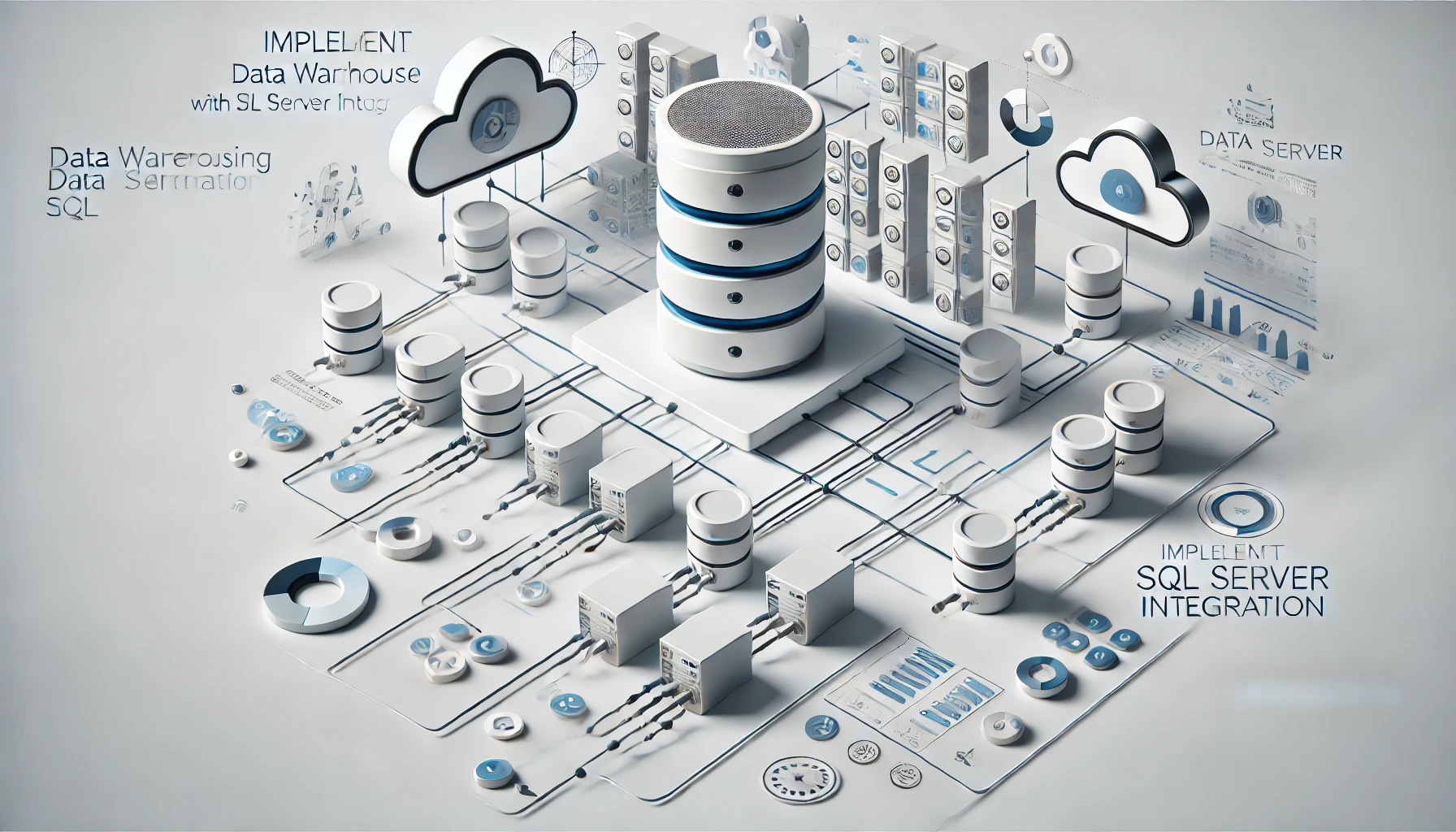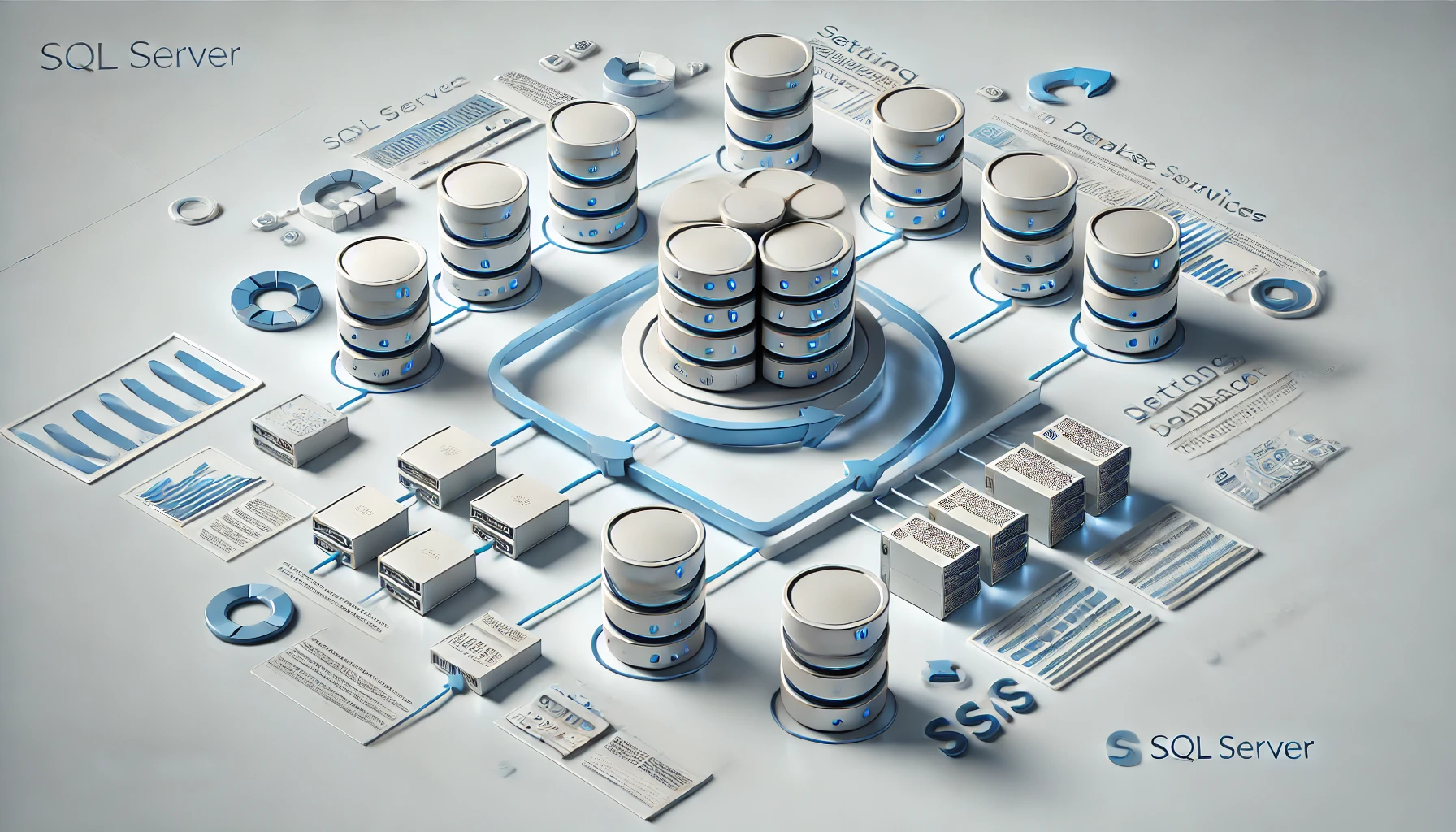When setting up SQL Server Integration Services, ensuring proper configuration is vital for seamless operation. Before diving into the technical details, remember that laying a solid foundation is key to success. So, where should you begin to ensure your SSIS environment is optimized for performance and efficiency? Let’s explore the essential steps and considerations to configure SQL Server Integration Services setup that meets your organization’s needs effectively.
Determine Requirements
To determine the requirements for configuring SQL Server Integration Services, begin by clearly defining the scope of the project. Data mapping is a crucial aspect to consider during this phase. Identify the sources and destinations of data within your organization. Understanding the structure and format of this data will aid in designing efficient workflows.
Workflow automation plays a significant role in streamlining processes. Define the specific tasks that need to be automated and how they should flow within the integration services. Consider the dependencies between tasks and how data should be transformed along the way. Mapping out these workflows will help in configuring the Integration Services package effectively.
Additionally, assess the volume of data that will be processed to determine the system requirements for optimal performance. Understanding the scale of operations will guide decisions related to hardware resources and configurations. By carefully considering data mapping and workflow automation, you can lay a solid foundation for configuring SQL Server Integration Services tailored to your project’s needs.
Install Microsoft SQL Server
Begin the installation process for Microsoft SQL Server by ensuring you have the necessary installation media or access to the software files. Installing SQL Server is crucial for data migration and SQL Server integration. Follow these steps for a successful installation:
- Check System Compatibility: Verify that your system meets the hardware and software requirements for SQL Server installation.
- Run Setup: Launch the SQL Server installation wizard to begin the process.
- Select Installation Type: Choose the appropriate installation type based on your needs, such as New SQL Server standalone installation or adding features to an existing installation.
- Configure Settings: Customize settings like instance configuration, authentication mode, and data directories as per your requirements.
Completing the SQL Server installation correctly is the foundation for a robust SQL Server Integration Services setup. Make sure to follow the installation steps carefully to ensure a smooth setup process.
Config Database
When setting up SQL Server Integration Services, understanding the Config Database is crucial. Config Database tables store configurations that SSIS packages use during execution. Setting up configurations in SSIS allows for dynamic behavior based on the data stored in the Config Database.
Config Database Tables
A crucial aspect to consider when configuring SQL Server Integration Services is setting up the Config Database Tables. By focusing on data modeling and schema design, you can optimize the efficiency and effectiveness of your SSIS configurations.
When setting up Config Database Tables, follow these key steps:
- Define Data Model: Begin by outlining the structure of the data within the tables. Consider the relationships between different pieces of information and how they will be stored.
- Design Schema: Create a well-thought-out schema that organizes the tables, columns, and constraints in a logical manner. This step is crucial for ensuring data integrity and performance.
- Implement Indexes: Strategically add indexes to the tables to enhance query performance and speed up data retrieval processes.
- Establish Security Measures: Set up appropriate access controls and permissions to protect the Config Database Tables from unauthorized access or modifications.
Setup Configurations in SSIS
To set up configurations in SQL Server Integration Services (SSIS) using the Config Database, you need to establish a connection between your SSIS packages and the Config Database Tables. This connection enables the SSIS packages to dynamically retrieve configuration values during runtime, allowing for flexibility and ease of management. Setting up configurations in SSIS is crucial for efficient data transformation processes and smooth package deployment.
By utilizing the Config Database, you can store configuration values centrally, making it easier to manage and update settings across multiple SSIS packages. This approach streamlines the maintenance process and ensures consistency in the configuration settings used by different packages.
When configuring SSIS packages to interact with the Config Database, you specify the connection string and table names where the configuration values are stored. This integration facilitates seamless data transformation by providing the necessary parameters for the package to adapt to varying environments. Additionally, it simplifies package deployment by decoupling configuration settings from the package itself, enhancing portability and reusability.
Setup Integration Services
To set up SQL Server Integration Services (SSIS), you will need to ensure your system meets the installation requirements and configure the necessary settings. Installing SSIS involves checking compatibility, disk space, and permissions, while configuring settings includes defining connections, managing packages, and setting up logging. Following these steps will help you establish a functional SSIS environment for your data integration needs.
Installation Requirements
When setting up SQL Server Integration Services, it is crucial to ensure that the installation requirements are met to guarantee a smooth and efficient process.
- Hardware compatibility: Verify that the server meets the minimum hardware requirements specified by Microsoft for running SQL Server Integration Services.
- Software prerequisites: Ensure that the operating system, service packs, and other software prerequisites are installed before proceeding with the integration services setup.
- Network connectivity: Confirm that the server has stable network connectivity to facilitate communication between different components and resources.
- Security considerations: Set up appropriate security measures such as user permissions, firewall rules, and encryption protocols to protect data integrity and confidentiality during integration processes.
Configuration Settings
Before delving into the configuration settings for SQL Server Integration Services, it is essential to ensure that the installation requirements have been successfully met. Once the installation is confirmed, the next step is to configure the settings for optimal performance. Data encryption plays a crucial role in securing sensitive information during data transfer. To set up data encryption in Integration Services, you can use the EncryptSensitiveWithPassword property to protect packages with a password.
On the other hand, error handling is vital for identifying and resolving issues during package execution. In Integration Services, you can configure error handling by setting up event handlers to manage errors that occur within packages. By defining how errors are logged and handled, you can ensure that the packages run smoothly and efficiently. Proper error handling also aids in troubleshooting and maintaining the integrity of your data integration processes. Remember to fine-tune these configuration settings to meet the specific requirements of your data integration tasks.
Configure Service
How can you configure the SQL Server Integration Services service? When optimizing the service and troubleshooting issues, follow these steps:
- Adjusting Service Properties: Access the SQL Server Configuration Manager to modify service properties such as startup type, log on credentials, and recovery options to align with your requirements.
- Setting Service Dependencies: Establish dependencies for the SQL Server Integration Services service to ensure that it starts only after other necessary services have successfully initiated.
- Allocating Sufficient Memory: Configure memory usage settings within the SQL Server Integration Services service to allocate an appropriate amount of memory for optimal performance.
- Monitoring Service Performance: Regularly monitor the service using tools like Performance Monitor to identify potential bottlenecks, errors, or areas for improvement in the service’s operation.
Validate Setup
To validate the setup of your SQL Server Integration Services configuration, it is imperative to ensure that all adjustments made during the configuration process have been correctly applied and are functioning as intended. Start by troubleshooting errors that may arise post-configuration. Check event logs for any error messages related to the SSIS service or packages. Resolve any issues promptly to ensure smooth operation.
Additionally, testing connections is crucial to validate the setup. Verify that connections to databases, file systems, and other data sources are established correctly. Run test packages to confirm that data is being transferred as expected and that there are no connectivity issues. If errors occur during testing, review connection properties and credentials to rectify any misconfigurations.
Configure Performance
Optimize the performance of your SQL Server Integration Services by fine-tuning configuration settings to enhance data processing efficiency. To ensure optimal performance, consider the following:
- Monitor resources: Regularly monitor CPU, memory, and disk usage to identify potential bottlenecks and allocate resources effectively.
- Optimize queries: Refine SQL queries to improve data retrieval speed and overall processing performance.
- Utilize indexing: Implement appropriate indexes on tables to accelerate data retrieval operations and enhance query performance.
- Adjust buffer sizes: Configure buffer sizes in data flow tasks to match the data being processed, optimizing memory usage and processing speed.
Frequently Asked Questions
Can SSIS Be Installed on a Server Without SQL Server Database Engine?
You can’t fly a plane without wings, just like SSIS can’t function standalone without the SQL Server database engine. It needs the engine for integration scenarios. So, it’s crucial for a smooth operation.
Is It Possible to Configure SSIS to Run Packages on a Schedule?
Yes, you can automate SSIS schedules by configuring packages to run on a schedule. Additionally, consider remote execution options for enhanced flexibility in managing and monitoring your SSIS tasks efficiently from different locations.
How Can I Troubleshoot SSIS Package Failures?
When your SSIS package falters, embrace the challenge with troubleshooting techniques. Engage error handling strategies to unveil the mystery. Dive deep into logs, validate connections, and test components methodically to conquer the issue.
Can SSIS Packages Be Deployed to Multiple Servers?
Yes, SSIS packages can be deployed to multiple servers for cross-server deployment. Ensure server compatibility for seamless execution. Test thoroughly to verify functionality across different environments. Consider dependencies and configurations for successful deployment across various servers.
What Are Best Practices for Securing Sensitive Data in SSIS Packages?
To secure sensitive data in SSIS packages, utilize encryption methods like TDE or cell-level encryption. Implement access controls by using Windows Authentication and limiting user permissions. Regularly review and update security measures for optimal protection.


